If you’re a T-Mobile customer feeling fed up with your service, you’re not alone. Recent data points to a pattern of dissatisfaction that goes far beyond one-off complaints. It looks like a broader crisis is pushing people to shop around in record numbers.
Let’s look at what the numbers say. Reports indicate T-Mobile’s senior leadership is grappling with what insiders call a mass exodus of customers. At the same time, consumer satisfaction data shows the cell phone industry has hit its lowest satisfaction in a decade, a score of 78 out of 100 in 2025.
Then came the spark. T-Mobile recently announced a $5 monthly hike on older plans, effective April 2, even after reporting $11.3 billion in net income last year. Rising bills, soaring profits, and a lot of customers who feel burned.
What’s driving the T-Mobile exodus?
These are not scattered gripes. Customer reviews reveal recurring themes: poor customer service, inconsistent coverage, hidden fees, billing issues, and headaches when trying to cancel. When the same issues show up again and again, it starts to look systemic.
The customer service complaints sting. People describe waiting on hold for an hour, then getting a script that does not solve the problem. You can almost hear the hold music looping. That is a long way from the customer-first vibe the “Un-carrier” used to sell.
The billing mess goes deeper. People consistently report discrepancies, unauthorized charges, and a maze to get refunds or credits. Promotions, trade-in values, discounts, and the terms often feel fuzzy to customers, which clashes with the transparency T-Mobile once promised.
Then there is the T-Life app. Customers are complaining they are forced to use it for in-store transactions even when it does not work as intended. T-Mobile touts usage, but customers say there is no choice. That is not loyalty, it is compulsion.
The leadership response might be the most revealing part. Instead of drilling into root causes, leadership has allegedly decided to reprimand representatives for canceling lines or accounts, rather than asking why people want to leave. That sounds like a company trying to block the exits, not fix the building.
Where are customers going instead?
To cable operators, for one. Cable companies are experiencing impressive growth, adding 886,000 lines in the first quarter of 2025, up from 804,000 in the same period of 2024. Charter alone added 514,000 lines in Q1 2025, edging past T-Mobile’s 495,000 new customers in the same window.
The eye-opener is how open people are to new options. Ninety percent would consider switching to MVNOs, and nearly 40 percent say they are ready to leave the big carriers. That is not idle grumbling. That is shopping.
Price leads the way. Eighty-five percent cite cost as a key factor, and 46 percent rank lower prices as their primary reason to switch providers. Hard to ignore, especially after a rate hike paired with record profits.
And people are not stopping at traditional carriers. Nearly 60 percent would be comfortable buying mobile service from retailers or financial institutions they already use, and 75 percent would switch for a more tailored experience. Translation: customers want trust, clarity, and plans that feel made for them, not just a famous logo.
The bigger picture: industry transformation
T-Mobile’s retention problem is part of a bigger shift. Americans consumed 132 trillion megabytes of cellular data last year, the biggest jump in U.S. history, yet satisfaction keeps sliding. Faster networks are not enough if bills feel slippery and service feels cold.
Alternatives are reshaping expectations. Satellite internet providers like Starlink have drawn in over 6 million customers worldwide since 2019, while Amazon plans to launch its own satellite internet service by the end of this year. Carriers are not just competing on coverage anymore; they are competing on the whole experience.
Customers are also getting more tech-savvy. Over half of surveyed consumers now experiment with or regularly use generative AI, up sharply from 38 percent in 2024. That group expects personalization and smooth digital interactions. Forced app usage and scripted support miss the mark.
The pipes are ready. U.S. wireless connections grew to 579 million, about 1.7 per person, with mobile data demand rising roughly 35 percent annually for three straight years. Satisfaction still drops. The problem looks less like technology, more like value and trust.
What this means for your mobile future
Thinking about leaving T-Mobile puts you in step with a large and growing crowd. The good news, real options abound, from competitors with price locks to MVNOs that let you tweak plans to fit how you actually use your phone.
Before you switch, set your priorities. Coverage where you live and work. Customer service that solves problems without a saga. Clear pricing with no surprise fees. Plan flexibility that matches your habits. Research shows people want personalization, transparency, and more control, and many alternatives are built around those points from day one.
The wireless market is as competitive as it has been in years, which puts leverage in your hands. T-Mobile still leads in 5G availability and speed, but technical superiority does not mean much if you cannot get basic help or feel nickel-and-dimed.
Can T-Mobile course-correct and rebuild trust? Maybe. For now, one thing is clear: you do not have to stick with a provider that does not meet your needs. With 90 percent of consumers open to MVNOs and new players eager for your business, this is a good time to look around. The days of staying put just because are over. You have choices, and they are getting better.








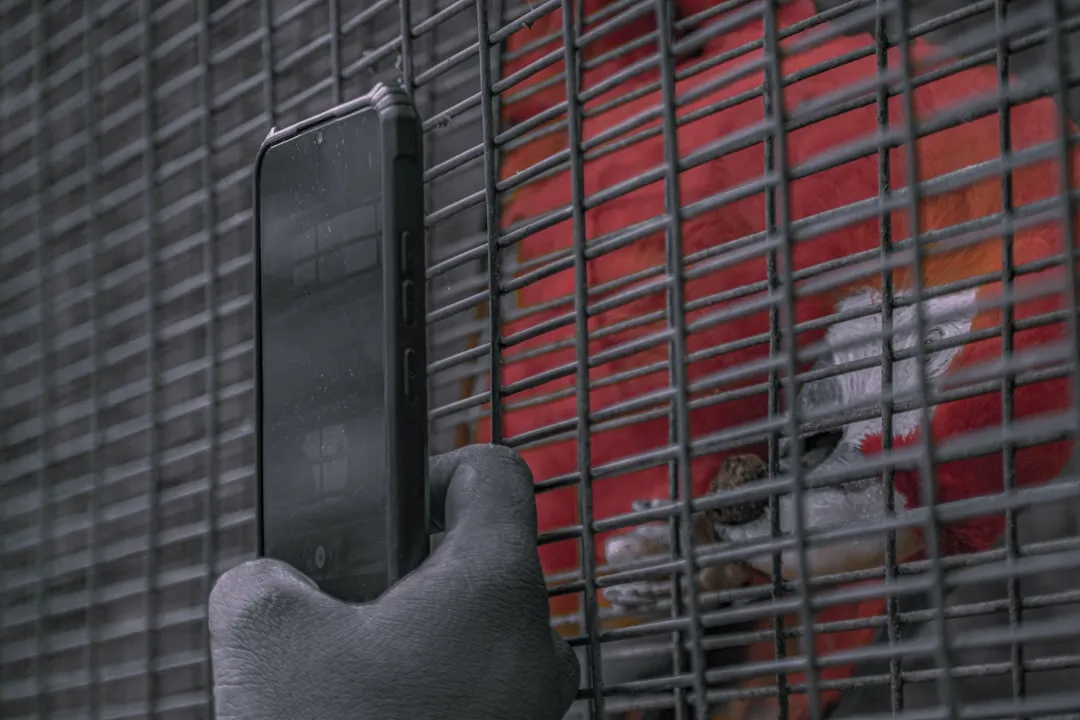
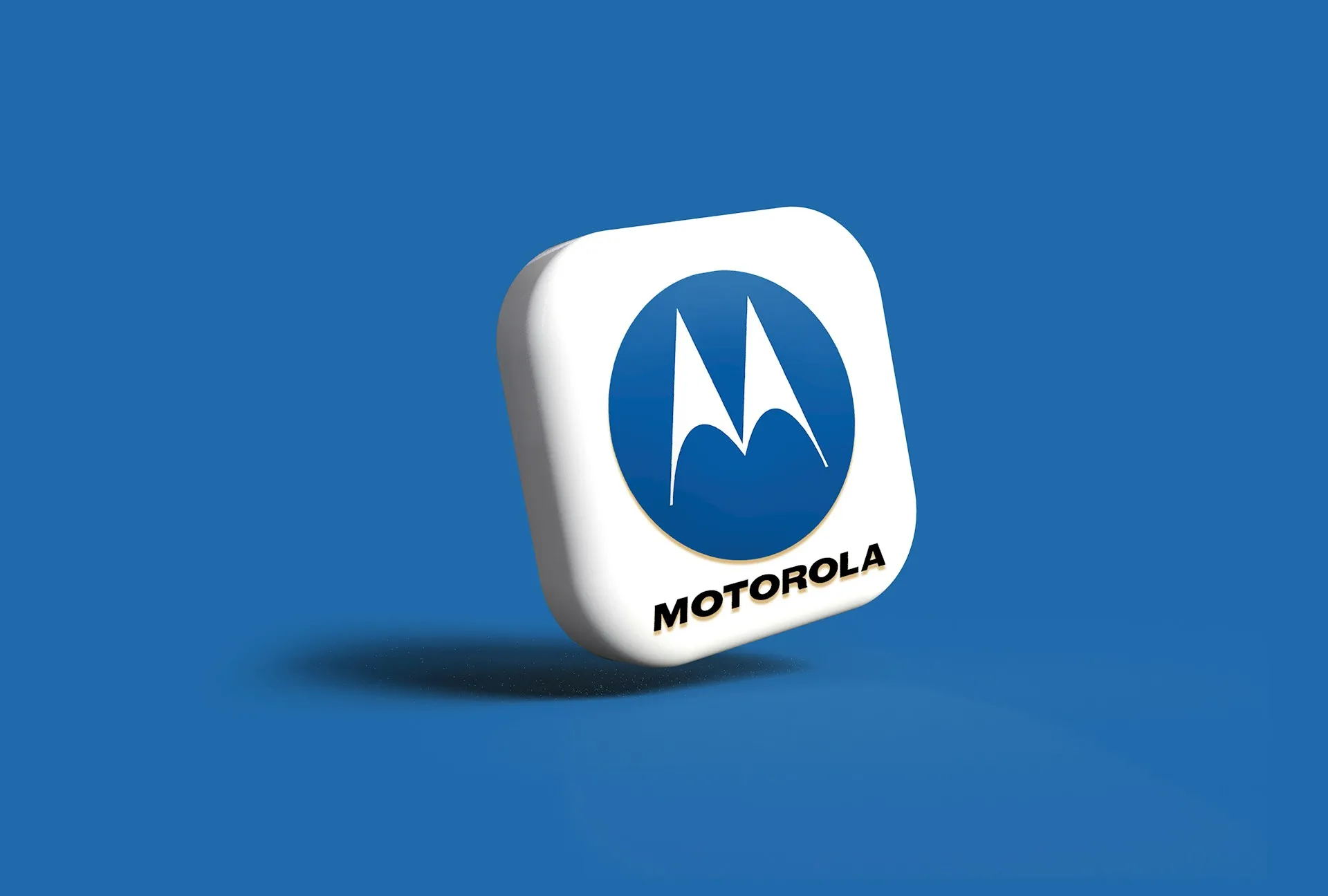
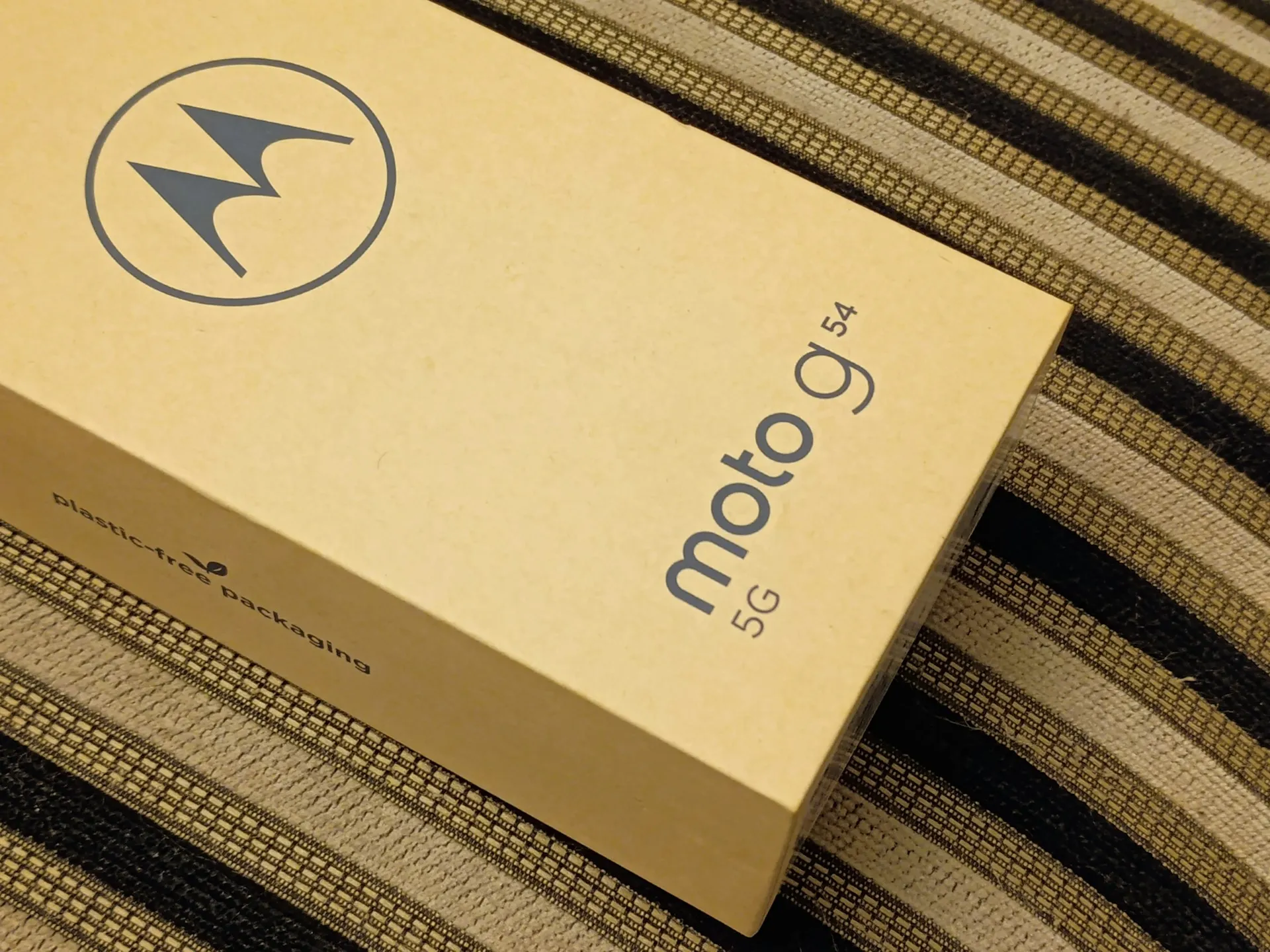

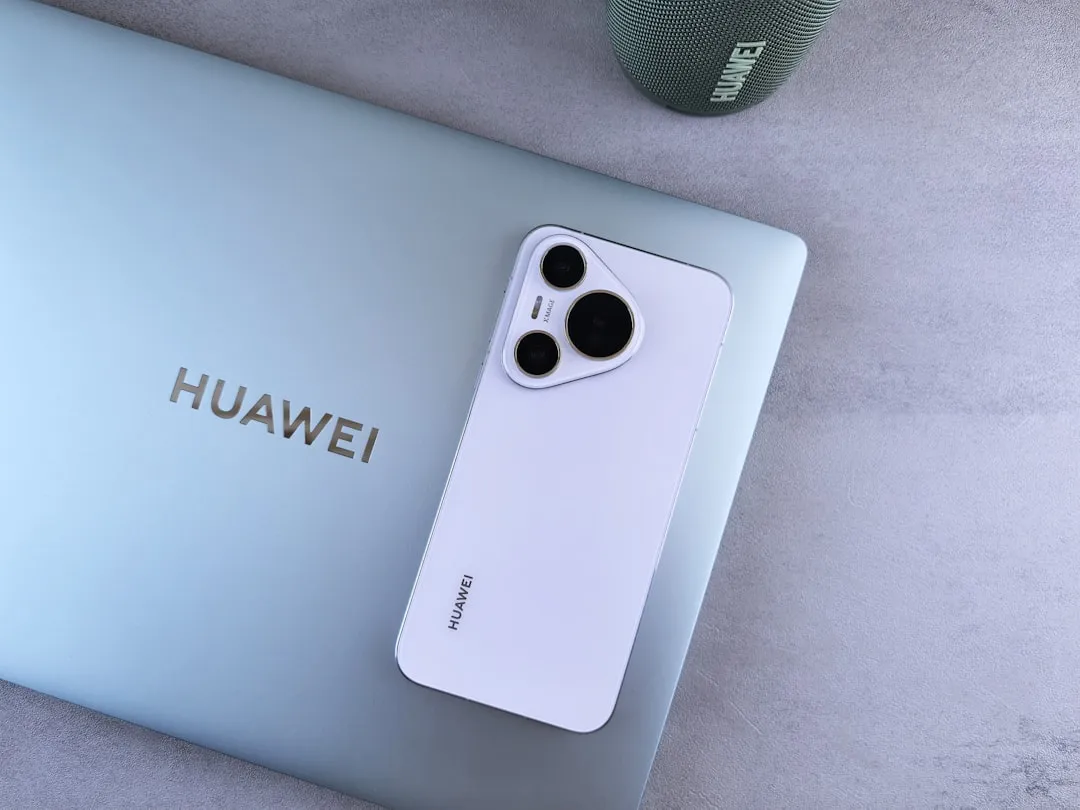

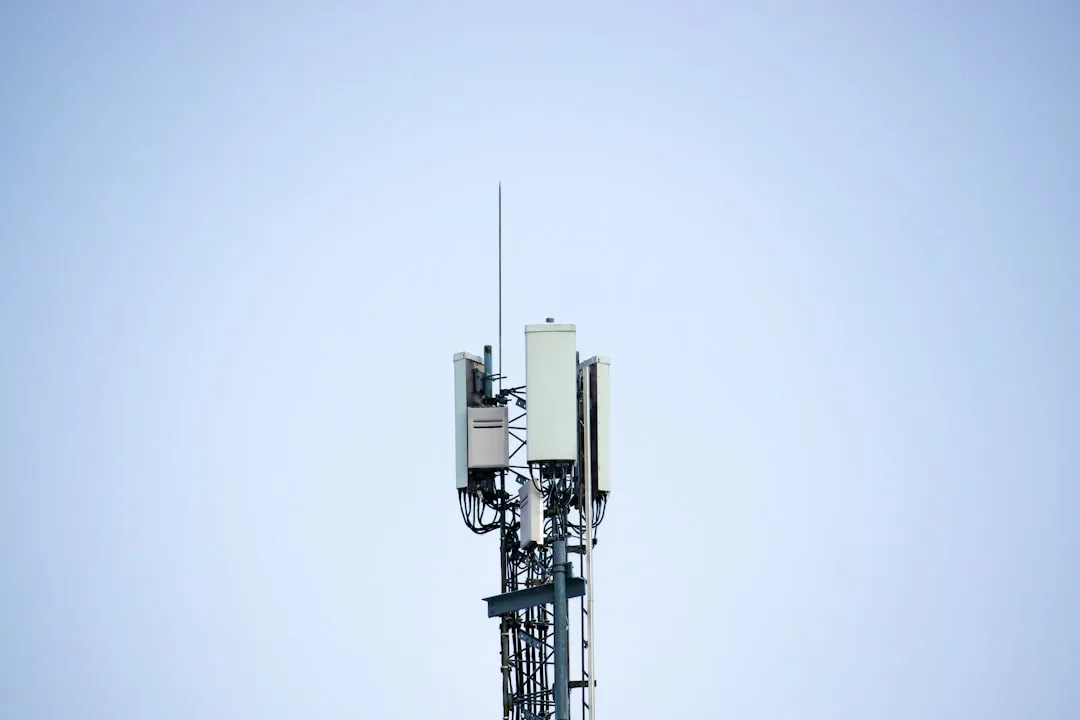


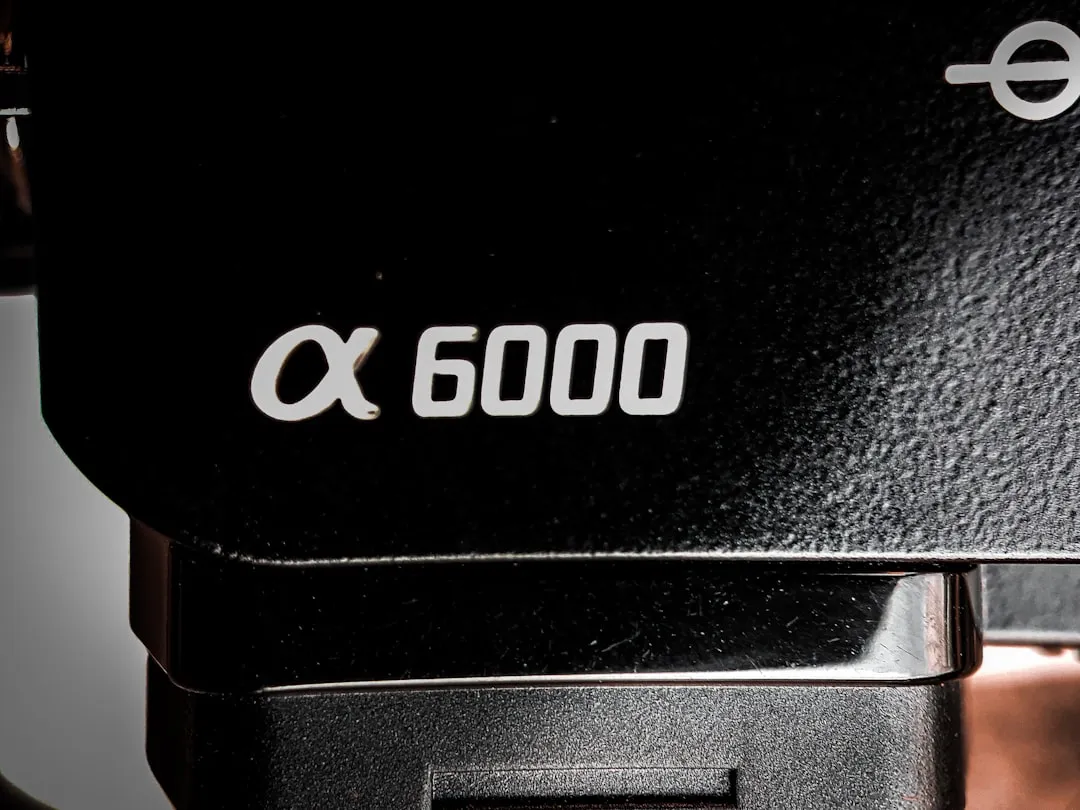
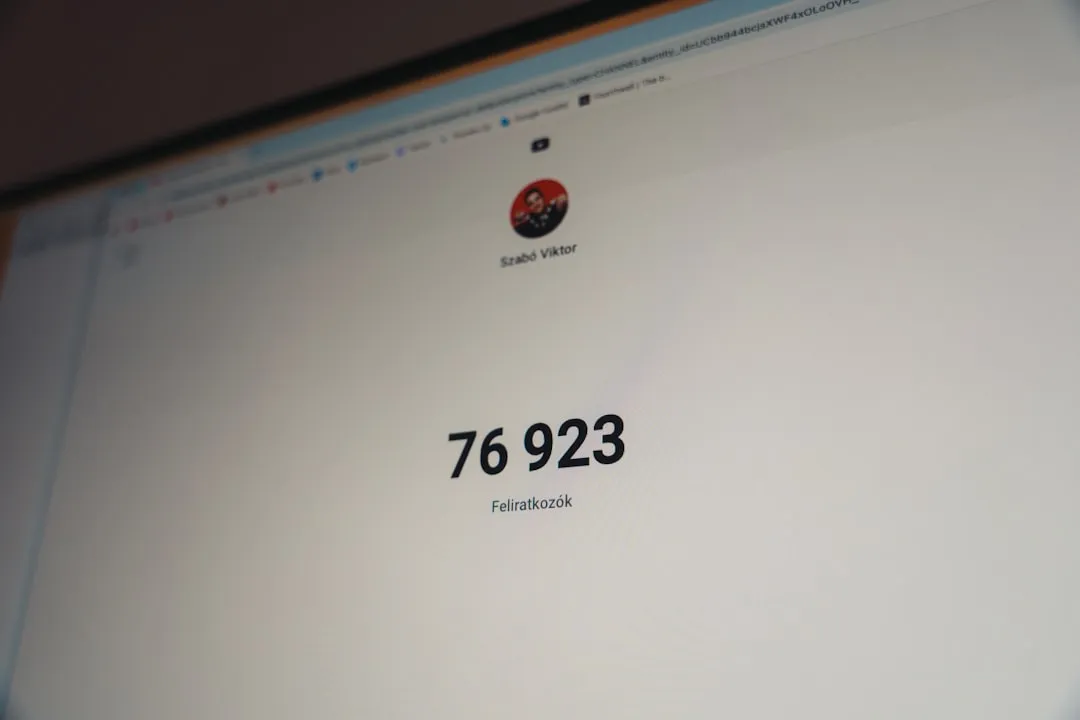
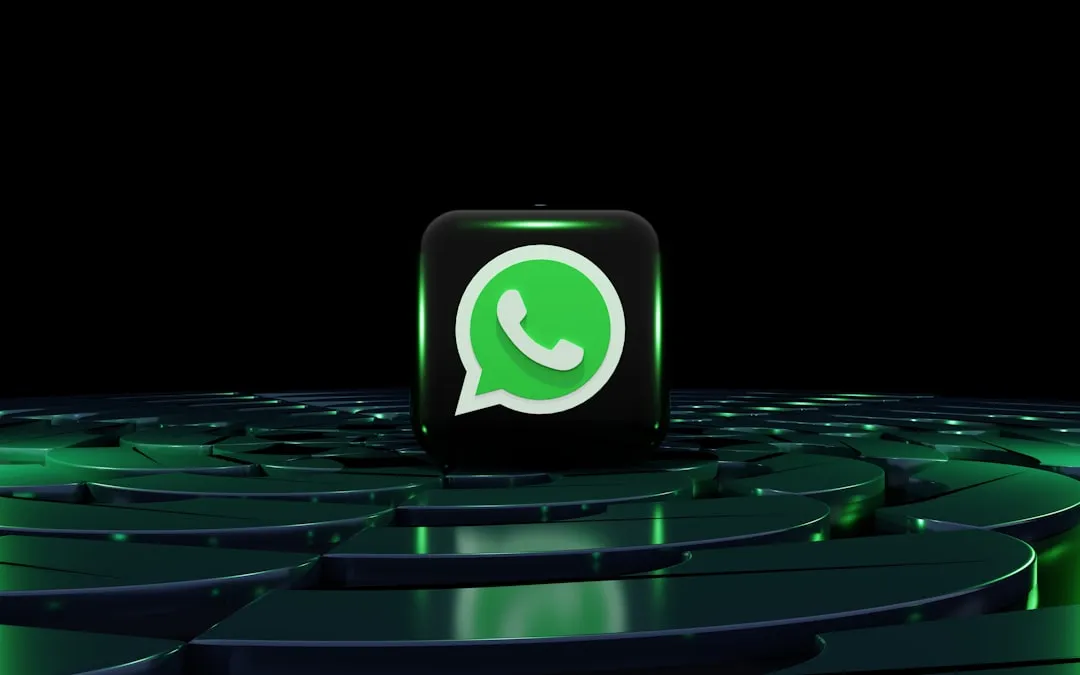
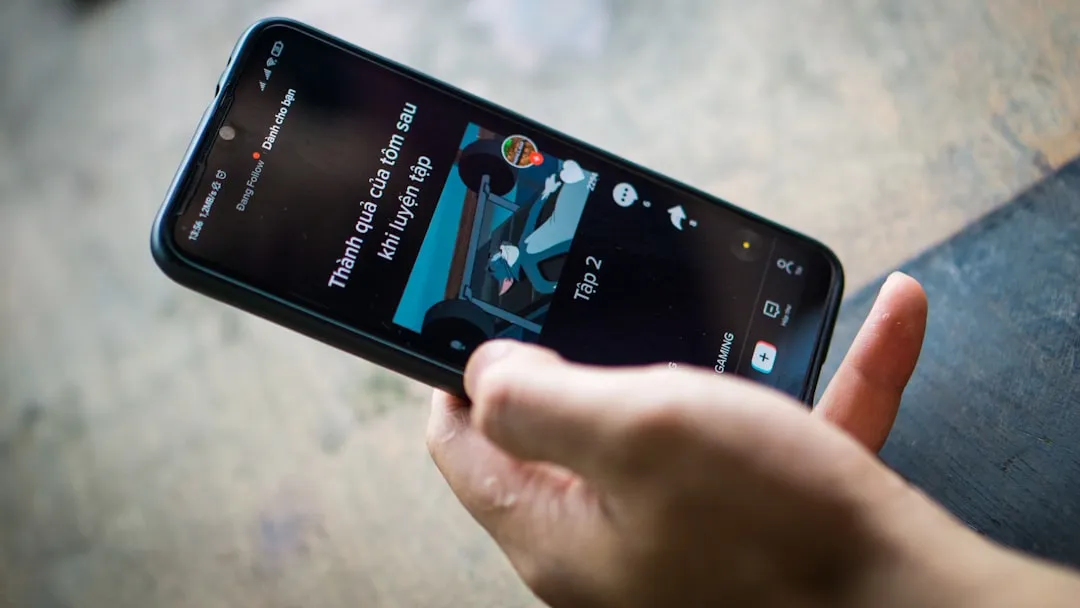
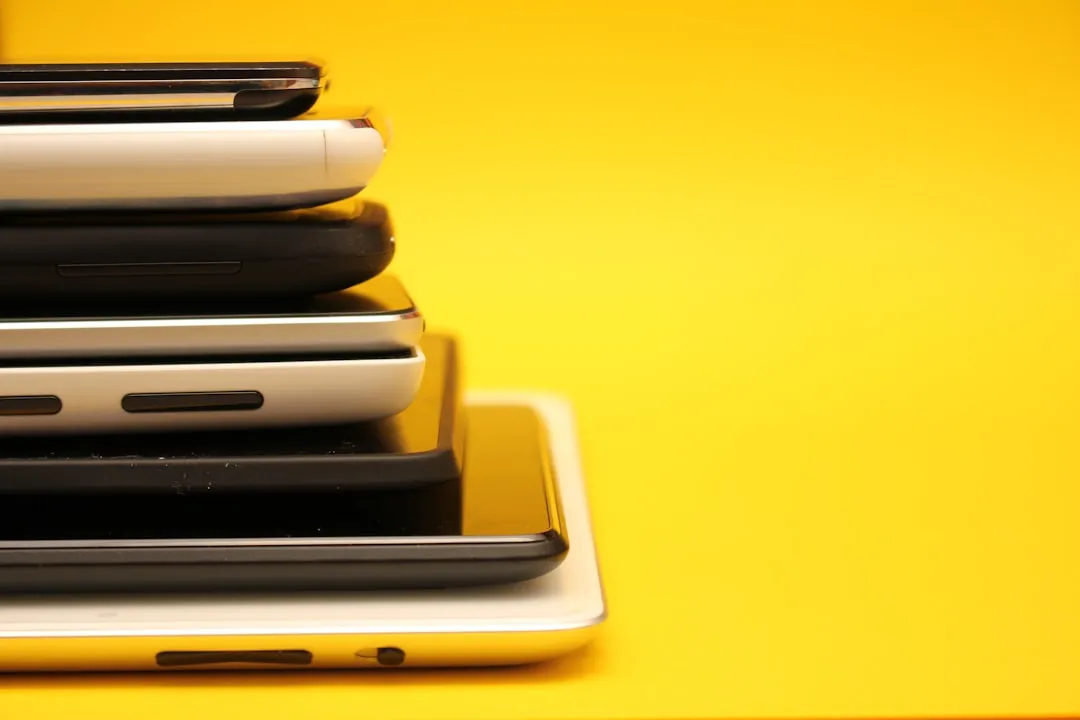



Comments
Be the first, drop a comment!